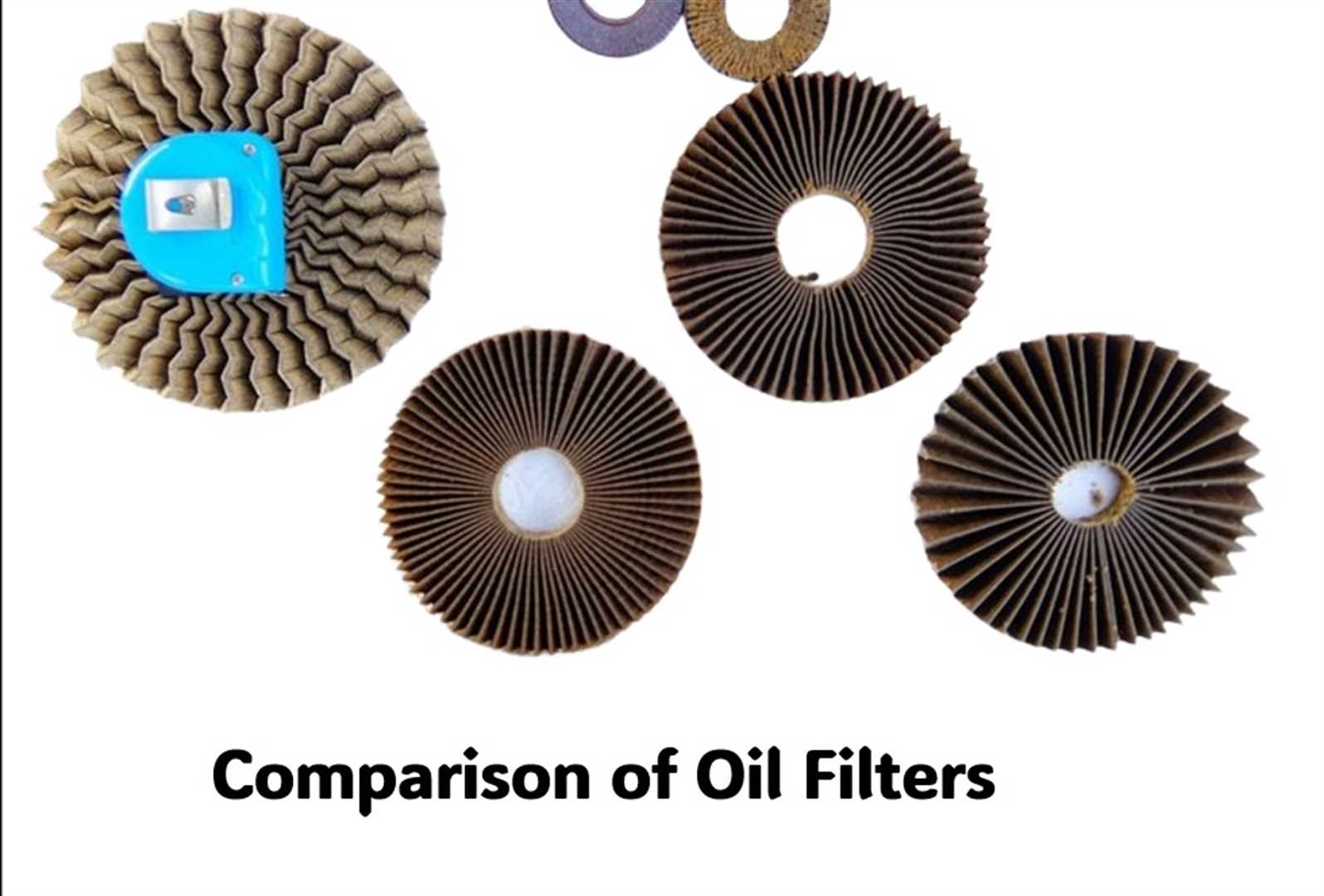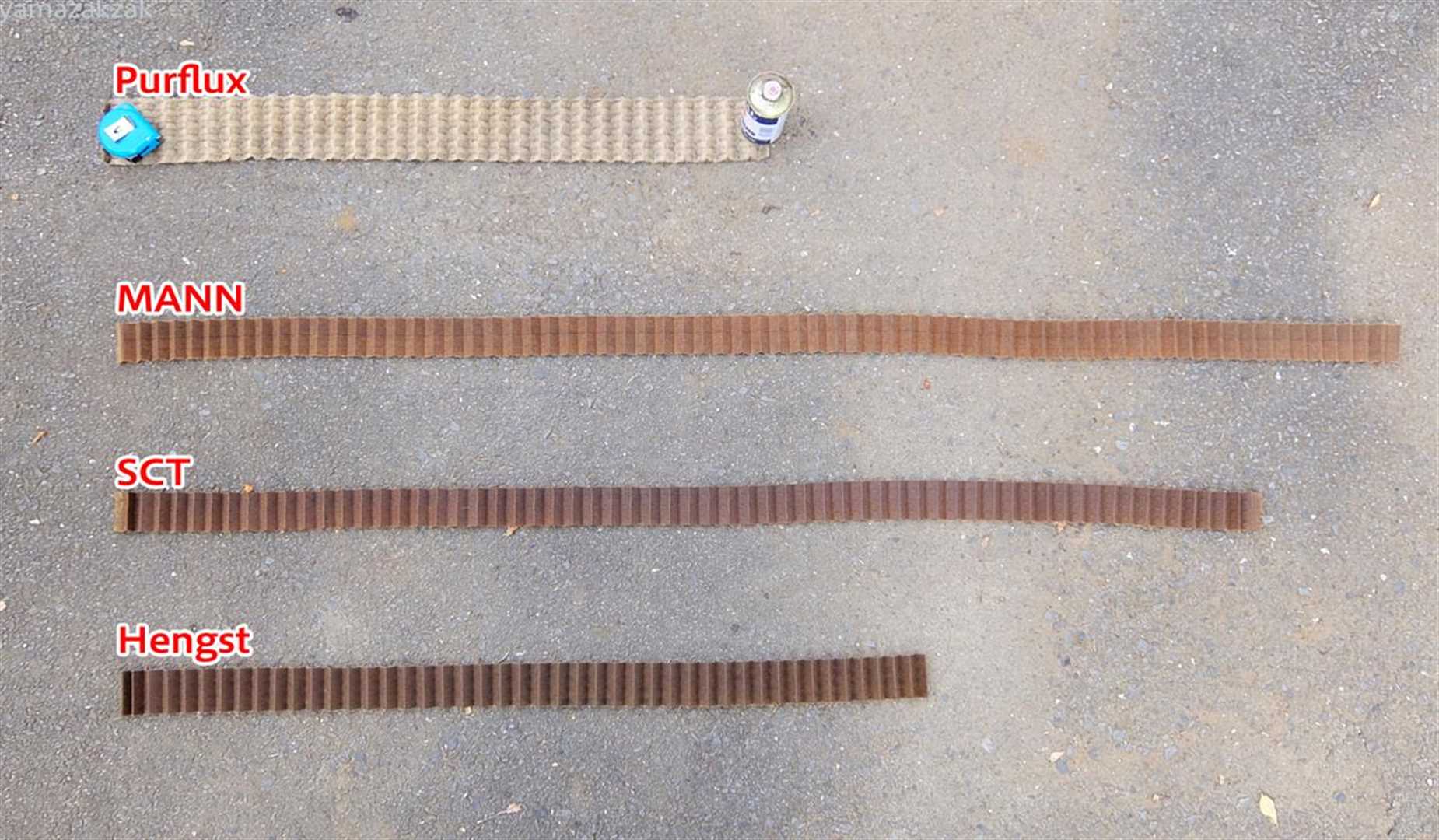When comparing OEM (Original Equipment Manufacturer) and aftermarket oil filters, the main distinction lies in brand authorization, followed by delivery standards. Aftermarket manufacturers can typically meet automakers' requirements for quality control, materials, and compatibility, and their own branded products can achieve the same quality. However, factors such as brand premium, patented designs, and discontinued products can affect prices. Modifications are driven by enthusiasm and attitude, not just price. A reasonable price requires your own judgment, considering whether the product has clear standards, documentation, and after-sales support. You should evaluate the quality and reliability of the manufacturer by analyzing the product itself and user feedback.
When comparing OEM and aftermarket oil filters, aside from brand authorization and price, materials, structure, and oil compatibility are also key factors. Below is a refined analysis incorporating filter types, materials, temperature resistance, chemical performance, and their compatibility with oil:
-
Filter Types and Working Principles
- Primary Filters: These filters filter all the oil circulating through the engine and are typically used in everyday vehicles. Since oil needs to flow smoothly at any temperature, these filters have lower resistance, especially in cold conditions, preventing oil from becoming too thick and damaging the engine.
- Secondary Filters: These filters only clean a small amount of oil (1-10%), improving the overall cleanliness of the oil. Commonly found in high-performance vehicles or demanding environments, they can extend the oil change interval.
-
Materials and Structure
- Cellulose Material: Traditional filters are often made from cellulose, which is inexpensive but has limited filtration capability, suitable for standard applications.
- Synthetic Fibre Materials: Materials such as microglass fibres or synthetic microfibres are finer than cellulose and can capture smaller particles, commonly found in high-end filters. They not only offer better filtration but also reduce the restriction on oil flow, making them suitable for long-term use or high-performance vehicles.
- Metal Materials: Filters made of stainless steel or aluminium offer excellent resistance to high temperatures and chemical corrosion, especially suited for high-temperature and high-pressure environments such as racing or off-road vehicles.
-
Oil Compatibility In high-performance or competitive environments, the choice of oil is critical. Synthetic oils, due to their stable molecular structure, maintain fluidity under extreme temperatures and offer better wear resistance. Therefore, upgrading to a high-performance filter usually requires the use of synthetic oil to ensure that the oil matches the filter's filtration performance.
The combination of synthetic oil and premium filters can effectively resist oil degradation under high temperature and pressure, which is crucial for racing or high-performance driving. For example, microglass fibre filters can maintain efficient filtration during extended use, reducing the ingress of particles into the engine, while synthetic oil prevents oxidation or breakdown at high temperatures, ensuring smooth engine operation.
-
Temperature Resistance and Chemical Performance The choice of filters and oils should also consider temperature resistance and chemical performance. Synthetic filter materials (such as PTFE) exhibit high chemical resistance and are suitable for use in high-temperature environments. Metal filters, due to their excellent heat resistance, are ideal for extreme driving conditions.
Manufacturing Standards:
OEMs adhere to ISO standards, which are crucial for ensuring quality, safety, and consistency in manufacturing. The following are commonly used ISO standards by OEMs:
-
ISO 9001: This is a widely adopted quality management standard that ensures companies can continuously deliver products that meet customer expectations and regulatory requirements. It covers leadership, planning, operations, and continuous improvement, aimed at enhancing product quality and performance.
-
ISO 14001: This standard focuses on environmental management, helping organizations reduce their environmental impact. For OEMs, ISO 14001 ensures their production processes reduce waste and emissions while promoting sustainable development.
-
IATF 16949: Specifically designed for the automotive industry, this standard integrates the requirements of ISO 9001 and adds industry-specific standards. It emphasizes continuous improvement, defect prevention, and reducing waste in the supply chain, ensuring high performance and safety.
-
ISO 4548: This is an important standard related to testing oil filters, particularly full-flow lubrication oil filters used in internal combustion engines. It specifies methods for evaluating filter performance, including filtration efficiency, contaminant retention capacity, and durability under hydraulic pressure. It ensures filters can effectively remove particles under harsh conditions, thereby extending engine life and improving reliability.
These ISO standards help manufacturers maintain high-quality products and ensure safety. Generally, there are two approaches: products either receive ISO certification, or they are produced in compliance with ISO standards. Of course, there are also products that do not adhere to any ISO standards but are still used as cheaper substitutes (often abnormally cheap).
The process of obtaining ISO certification typically involves the following steps:
- Preparation and Application: Companies prepare the necessary documents and processes according to ISO standards and submit an application to a certification body.
- Pre-Assessment: The certification body may conduct a preliminary review to help the company identify areas for improvement.
- Formal Audit: The certification body conducts a formal audit, including document reviews and on-site inspections, to ensure that the company's management system complies with ISO standards.
- Corrective Actions: If non-conformities are found, the company must take corrective actions.
- Issuance of Certificate: Once the audit is passed, the company receives an ISO certificate.
- Periodic Surveillance Audits: After certification, the company must undergo regular surveillance audits to maintain its certification.
The threshold for obtaining ISO certification is relatively high; it requires payment and the company's cooperation in certifying specific products. This process reflects both the company's financial capability and its attitude and responsibility. However, ISO certification does not guarantee that a product is the best option. Some small-scale enthusiast modification workshops may not have ISO certification but can produce high-quality, safe, reliable products through their passion, attitude, seriousness, and adherence to manufacturing standards. We recommend, if you choose aftermarket parts, to opt for brands with complete documentation and responsive after-sales support.
In summary, aftermarket filters can save costs, while OEM filters offer higher compatibility and quality assurance, especially for daily driving. In performance and racing applications, specialized filters and oils are crucial for maintaining engine health.
Further Reading
Mach5 Performance provides examples of several oil filters from different brands and conducts a detailed comparison of their performance, structure, and user experience to help you make a better choice. The focus of this article is on the cost-effectiveness, structural features, and real-world performance of various filter brands. This does not represent Mach5 Performance’s opinions on them but merely presents a data comparison. Please note that this comparison is not conducted under rigorous experimental standards but is demonstrated through simple disassembly for your reference.
Oil Filter Models:
- Purflux L358A (OEM Product): Approximately $5.79
- MANN HU 711/51x: Approximately $5.29
- SCT SH4035P: Approximately $7.16
- Hengst E44HD110: Approximately $6.22
To gain a deeper understanding of their structures, I disassembled these filters and analyzed the size and characteristics of their filter papers.
Filter Paper Structure and Characteristics

- Purflux: Utilizes a unique "Chevron" folded structure. The filter paper is relatively fluffy with a distinctive texture.
- MANN: Features a compact filter paper that is thinner in thickness.
- SCT: Has a structure similar to MANN, with a comparable texture.
- Hengst: The filter paper is thicker and harder, resembling cardboard.
Note: This section does not include detailed comparisons using an electron microscope; it only provides visual references and descriptions based on what can be observed and felt with the naked eye and by touch. Mach5 Performance does not offer any recommendations but merely describes leo-wei’s impressions based on visual and tactile experiences.
Filter Paper Size Comparison

- Purflux: 100 cm x 10 cm, thickness 1 mm (fluffy)
- MANN: 235 cm x 6 cm, thickness 0.5 mm
- SCT: 200 cm x 6 cm, thickness 0.5 mm
- Hengst: 160 cm x 6 cm, thickness 1 mm (relatively hard)
In terms of filter paper area, MANN holds a significant advantage, while Purflux also performs impressively due to its unique filter paper structure. Considering both price and performance, these two products are undoubtedly more reliable choices. After running them for a period, no noticeable particle blockage was observed with the naked eye. The microscopic world may require more rigorous scientific experiments to verify, which will not be elaborated here.

